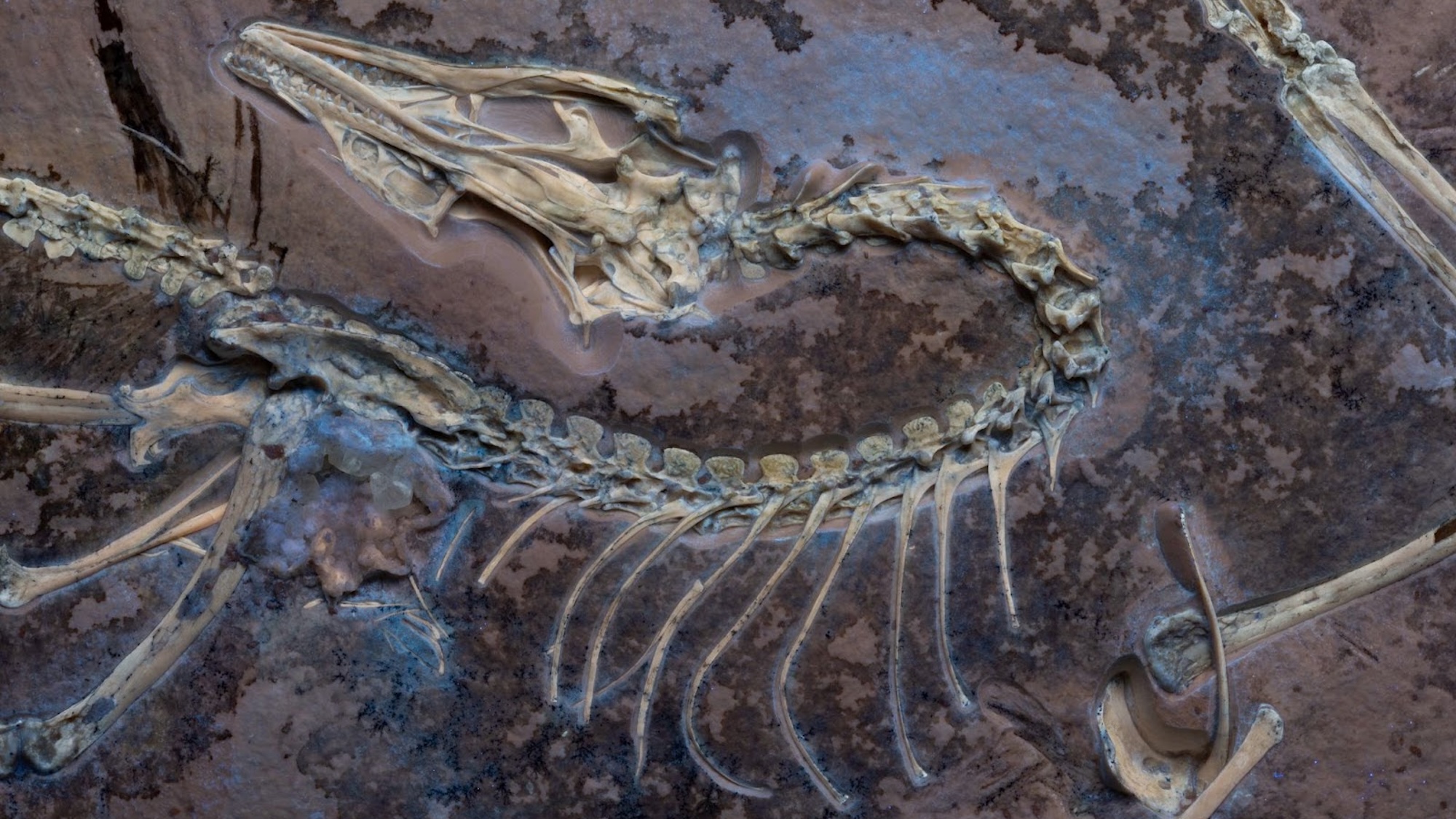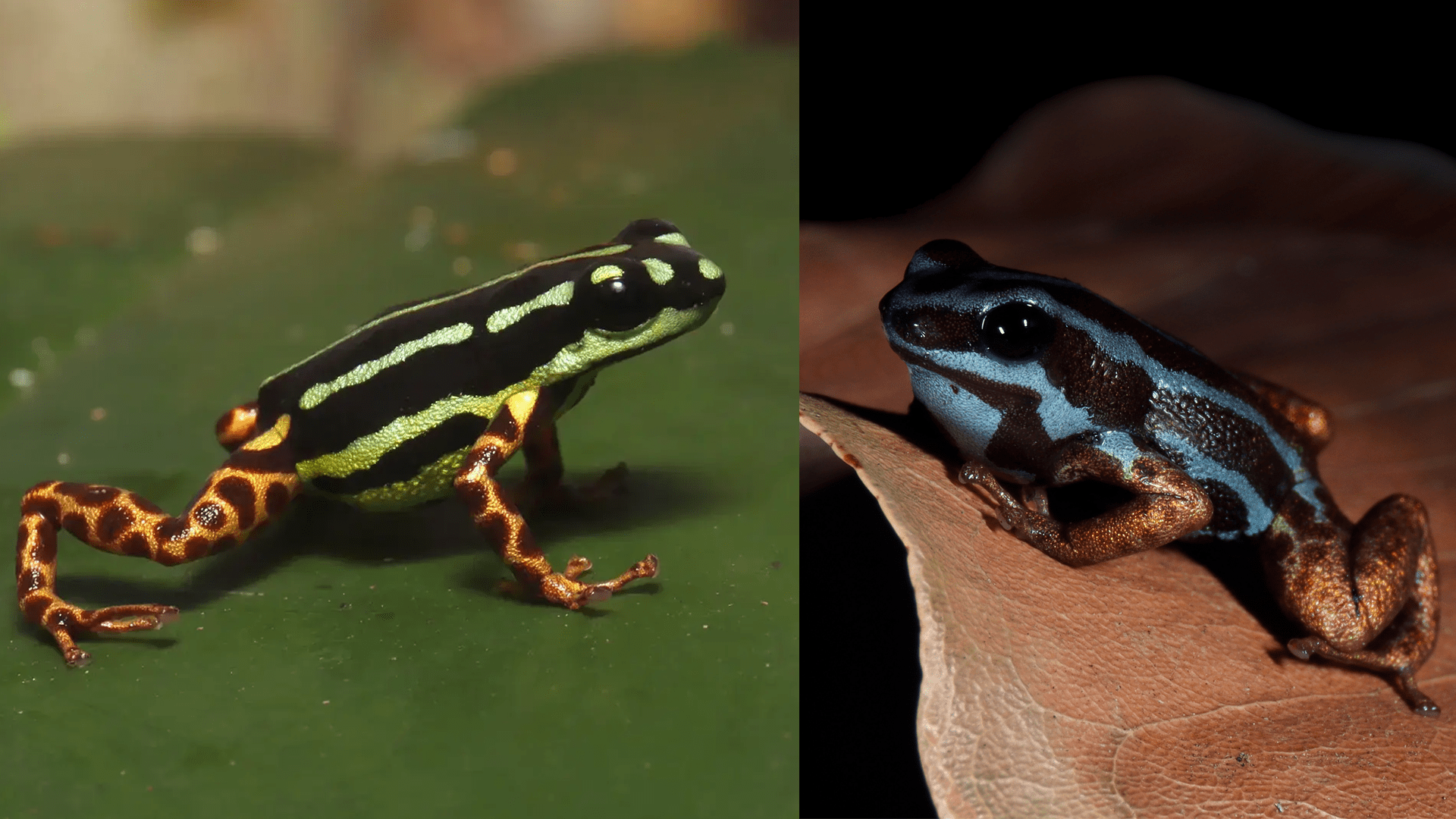Now Reading: Fossil Reveals Dinosaur’s Flight Abilities Similar to Chickens
-
01
Fossil Reveals Dinosaur’s Flight Abilities Similar to Chickens
Fossil Reveals Dinosaur’s Flight Abilities Similar to Chickens

Rapid Summary
- Subject: Discoveries from the Archaeopteryx, an early bird-like dinosaur fossil, were published in the journal Nature and announced by chicago’s Field Museum on May 14.
- Fossil Details: The specimen, acquired by the museum in 2022 after decades in private collections, is one of the most complete and well-preserved fossils of Archaeopteryx.
- Research Process: Scientists used advanced tools like CT scanning and UV light to examine hidden structural details such as soft tissues, scales on toes, and complex cranial features.
- Key Findings:
– Evidence suggests that Archaeopteryx was capable of limited flight due to specialized tertial feathers on it’s long upper arms.
– Its cranial structure hints at early adaptations for ecological diversity observed in modern birds.
- Flying Abilities: Unlike modern birds with shorter appendages for enhanced lift, Archaeopteryx may have flown short distances or glided akin to a chicken.Its sizable feathers might have also served as visual communication aids.
Indian Opinion Analysis
The findings provide fresh insights into evolutionary biology by bridging gaps between non-avian dinosaurs and today’s diverse bird species. For India’s scientific community and educational institutions, this research highlights the importance of paleontology’s role in understanding biodiversity evolution. Leveraging technologies like CT scanning could inspire similar studies within India for analyzing fossils found locally or participating collaboratively in global research efforts.This discovery reaffirms how minute anatomical differences shape vast evolutionary trajectories-a concept valuable not just for biologists but also educators fostering curiosity about ancient life forms among younger generations.


























